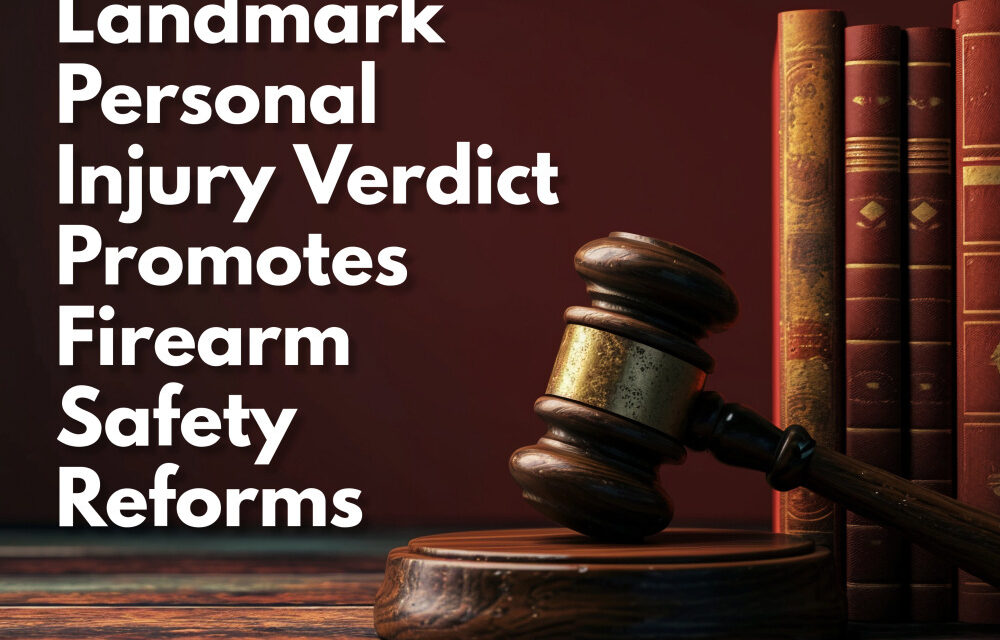In a significant legal development, a Philadelphia jury awarded $11 million to George Abrahams, a U.S. Army veteran who sustained severe injuries when his holstered Sig Sauer P320 pistol discharged unexpectedly . This case has sparked widespread discussions on firearm safety and manufacturer accountability.
Case Overview
George Abrahams was descending a staircase when his holstered Sig Sauer P320 pistol discharged without trigger engagement, resulting in a gunshot wound to his leg. The injury led to extensive medical treatment and long-term physical impairment. Abrahams filed a lawsuit against Sig Sauer, alleging that the P320 model was defectively designed, allowing for unintentional discharges.
Jury Verdict and Manufacturer Response
After deliberation, the jury found Sig Sauer liable and awarded Abrahams $11 million in damages. This verdict is among the most substantial against the firearm manufacturer, highlighting concerns over the safety of the P320 model. Sig Sauer has announced plans to appeal the decision, maintaining that the P320 is safe when used as intended.
Impact on Public Safety and Industry Standards
This case has underscored the necessity for rigorous safety standards in firearm design and manufacturing. The substantial verdict emphasizes the legal system’s role in holding manufacturers accountable for product safety. It also serves as a catalyst for potential industry-wide evaluations of firearm safety mechanisms and consumer protection measures.
Legal Implications and Future Outlook
The outcome of this case may influence future litigation involving firearm manufacturers and product liability. Legal experts suggest that this verdict could lead to increased scrutiny of firearm designs and prompt calls for enhanced safety features. Consumers and advocacy groups may also push for more stringent regulatory oversight to prevent similar incidents.
The recent $11 million verdict in favor of George Abrahams against Sig Sauer isn’t just a legal victory—it’s a powerful statement about corporate accountability, consumer safety, and the responsibilities that come with manufacturing firearms.
Abrahams, a U.S. Army veteran, suffered life-altering injuries when his holstered Sig Sauer P320 discharged without the trigger being pulled. This wasn’t a freak accident; it was the result of a design flaw that had reportedly led to multiple unintended discharges across the country. This case isn’t just about one man’s pain—it’s about the ripple effects of what happens when safety is compromised in favor of mass production and denial.
The Role of the Legal System in Protecting Public Safety
This verdict shines a spotlight on how the civil justice system serves as a crucial check on corporations. When regulatory bodies fail to act or move too slowly, courts become the last line of defense for public safety. That’s why personal injury law matters—it gives everyday people the power to hold giants accountable.
Too often, stories like Abrahams’ are brushed aside by corporate PR machines. But this time, the truth prevailed. The jury saw the facts, heard the expert testimony, and delivered a resounding message: safety must come first.
Firearm Safety Is a Public Concern, Not Just a Private Risk
This case should spark a broader conversation about the standards we demand from firearm manufacturers. If a product designed to protect life becomes a threat in and of itself—especially when properly holstered—then something is seriously wrong. It’s time for the industry to face that reality, not bury it.
Manufacturers must step up. Design flaws must be addressed, not covered up. And consumers must have access to safer products without being gaslighted into thinking incidents like these are just “user error.”
The Sig Sauer case is a reminder that one voice can make a difference. George Abrahams stood up, endured a grueling legal battle, and ultimately helped force a much-needed spotlight on a dangerous problem. His courage, and the work of his legal team, may very well prevent future injuries—or even save lives.
At Pisanchyn Law Firm, we believe in fighting for justice when others won’t. If you or someone you know has been injured due to a defective product, know this: the law is here for you—and so are we.





